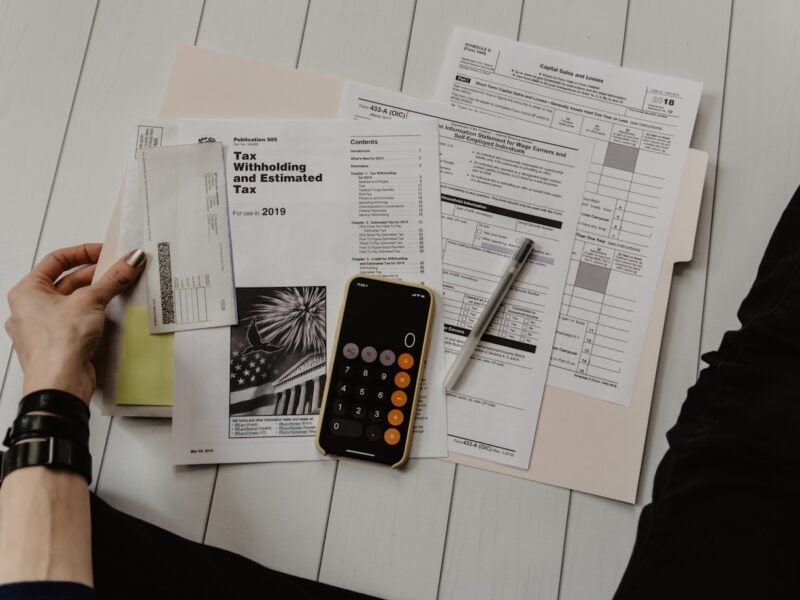There is plenty of jargon that you need to come to terms with as a new business owner and nowhere is this more confusing than in the field of sales. One term that you will come across time and time again is conversation rate optimisation so it would be a good idea to find out what it means and how you do it properly.
The basics of conversions in your business
A conversion is something that you want a visitor to your website to do. If they don’t do it, then you have wasted your time getting them to visit your website. You can use many methods including social media promotion and search engine optimisation to drive traffic to your website but there has to be a purpose to it. If you achieve that purpose then you have a conversion. For most websites, the conversion leads to some form of income for the business and directly affects your profits.
The conversion will vary with the type of business you are in but common conversion goals are:
- Making a purchase
- Signing up for a service
- Subscribing to a newsletter
- Starting a course
- Downloading an app
If the visitor does this then that is a positive outcome.
Why conversion rates matter
Conversion rates matter because of money. It costs money to get people to visit your website either in terms of paid advertising or the investment you have to make in SEO services or social media management. If visitors do not convert, you have wasted money. If a lot of visitors convert, you are getting a great return on your investment and that is what your business needs.
An added bonus is that you will have an opportunity to make more money from affiliate selling if you want to. Your affiliate partners will find you a more attractive prospect if your conversion rates are high.
High conversion rates will give you the competitive edge as you manage to capture visitors before they get a chance to check out your competitor’s websites and buy their products. The ultimate aim is to get these visitors to return and tell everyone how great your product or services are.
Increasing conversion rates
It is easy to calculate conversion rates for your site. You simply divide the number of conversions by the total number and multiply it by 100 if you want it as a percentage. Once you know this information you can start to do something to improve it. Even if your conversion rates are high, there is always room for improvement. Things change very rapidly in the area of online sales and something that worked very well last month may no longer be useful.
Taking steps to increase your conversion rates is called optimisation and it is all about driving visitors into and along the conversion funnel. This is just jargon for the journey that visitors take after entering your website and finally leaving, hopefully after making a purchase or converting in some other way. You need a structured and systematic approach to your conversion optimisation. Try one thing at a time and see if it works.
It is well known that the public is increasingly accessing the web on smartphones and other devices rather than on desktops. Business people can also use a range of apps to help run their business. It is all part of the drive to declutter our offices and our lives. So, should you throw away your desktop? The answer is ‘No’. If you are going to analyze your business data correctly using sites like Google Analytics then you will still need your PC. However, you do need to take notice of this drive towards mobile access of the internet. If most of your visitors are accessing your site using a smartphone, you need to make sure that your site is mobile friendly. If it is fiddly and difficult to use from a phone they will simply click away and the conversion will be lost.
There is a lot more than can be learned from how visitors behave when they are on your site. The longer they stay and the more they move around, the more likely they are to convert.
The parameters that tell you how visitors behave when they are on your site are called engagement metrics. They are very useful to inform your SEO strategy. You can find out how many pages the average visitor looks at once they enter your site. You can also find out which page is most likely to make them leave!
A few more conversion terms you need to know
One thing that may increase your conversion rates is good Call to Action (CTA). This is something on your website that invites the visitor to carry out the action that is the conversion.
It is important that you are specific about what you want them to do. If you want them to share your content then say that with a ‘Please share’ or ‘Sharing is caring’ call to action. Make it easy for them to do that by installing a social media sharing button. If you want them to buy something then you need a ‘Buy Now’ button.
Whilst you may want to increase your conversion rates, you want to decrease your bounce rate. This is because it is the percentage of people who leave your site after viewing just one page. These visitors are of very little use to you. If your bounce rate is high, your conversion rates will be low and this will affect your profits. The key is to find out what they are leaving your site so quickly. If they are not impressed by what they see then you need to improve your landing page. Alternatively, they are simply not interested in what your site has to offer in which case they were not the sort of visitors that you wanted to attract in the first place. You need to alter your SEO strategy to attract the right sort of visitor.



